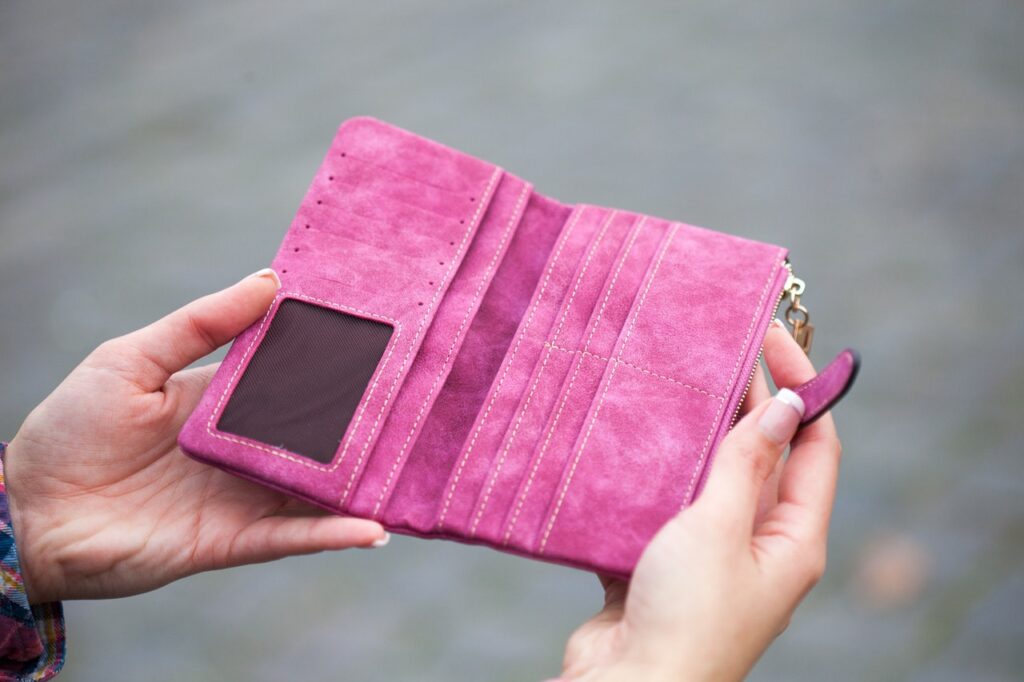Women influence 80 percent of buying decisions. Fact.
By 2025 it is thought that women will own 60 percent of all personal wealth.
Needless to say, women are the driving power behind most purchases. They are responsible for driving the world’s economy and represent a growth market of China and India combined. All in all, their consumer presence is a pretty big deal.
So why are some companies still getting it so wrong?
Many ‘clever’ marketing strategies to attract female consumers do not appeal to a women’s decision-making process. Take computer software giant Dell for example. In a bid to attract more female ‘techies’ they came up with a genius plan to market a pink laptop. Because every women likes pink, right?
Of course this particular marketing ploy fell flat on its face, but it didn’t stop Labour’s ‘pink van’ campaign earlier this year. Remember that? No I thought not.
Elsewhere, other large brands don’t even attempt to attract a female audience. Recently, both Fosters and Subway have experienced a backlash for using women as sex symbols in their advertising campaigns that are clearly aimed at men and no one else. It would seem that they haven’t quite accepted the idea that some women are partial to a pint and a foot-long sub.
So who’s got it right?
Well 2015 saw Nike launch it’s can’t into can routine and were responsible for all of the #thisgirlcan that clogged up your twitter feel. Their advert consisted of insecure women bravely throwing themselves into an unfamiliar sport — thankfully the host of Nike branded sporting gear and gadgets inspired them to pursue and succeed in their new surroundings (thank goodness for that!). It may be ‘gooey’ but it was a definite win for the sports brand.
Virgin Media followed Nike’s lead and ditched Usain Bolt and replaced it with an intimate moment shared by mother and daughter. Their advert demonstrated how the internet (provided by Virgin Media of course) can motivate people, as a young girl and her mother search the internet for great female role models. The TV ad features suffragette Emily Pankhurst, singer and activist Paloma Faith and jazz singer Billie Holiday. You’d best get your tissues out.
Advertising to women is very complex. They don’t just look for functionality. A woman has many different priorities and interests. They juggle work, the upkeep of their household, a beauty regime, children, their health and much more. They are attracted to products and services that will save them time and make their life-style that little bit simpler; think bold 2:1 does all the work so you don’t have to.
It’s also time that advertising campaigns wise-up to the change in age. Women are all getting younger. With so many choosing to hold off until they start a family, women are insisting that 40 is the new 30. The greying over 60’s are also refusing to skulk off quietly into a corner. Helen Mirren becoming the new face of LO’real saw to that.
To fully utilise the growth of the female consumer market, companies need to stop and think before they make things pink. High-end car manufacturer Aston Martin have announced that they plan to broaden their range of cars, ensuring that they have a model that will attract female buyers-swapping boyish speed for female needs.
With females continuing to be the dominant force behind consumerism it’s likely that many advertising campaigns will also change tact in 2016. Get ready for some emotionally charged TV ads that champion female empowerment and instil a sense of self-worth.
Because women wear the trousers.
Literally.
And they probably have their husband’s wallet in their back pocket.
How do you feel about the way in which many companies target the female consumer? Let us know in the comments box below.
Or, if you need help to create an advertising campaign that really connects to your target audience, get in touch today.
Lauren.
